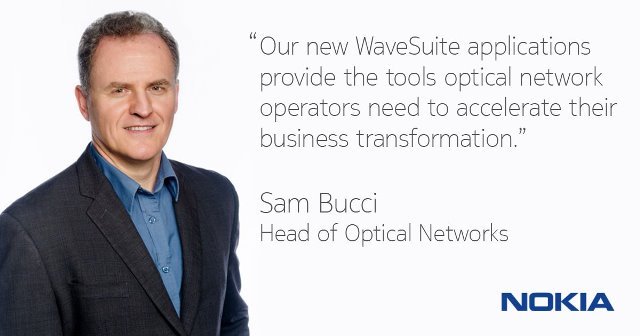M-net, a service provider in Germany, announced the field trial of 500G using Nokia’s signal processing tech for its WDM network.
Engineers at M-net have conducted trials of probabilistically shaped wavelengths using Nokia Photonic Service Engine 3 (PSE 3) super coherent technology as part of the roll-out of its Bavarian WDM network.

M-net has become the first carrier to trial Nokia’s Photonic Service Engine 3 coherent digital signal processing technology. Top mobile operators in Germany include Deutsche Telekom, Vodafone and Telefonica.
Sam Bucci, head of optical networking at Nokia, said: “The Technical University of Munich played a key role in the development of PCS, and the PSE-3 was largely developed at Nokia’s R&D facility in Nuremberg.”
Nokia said the PSE-3 is the first DSP to implement probabilistic constellation shaping, or PCS, a sophisticated signal processing technique pioneered by Bell Labs which adjusts the optical signal to maximize the data-carrying capacity of an optical fiber over any distance.
M-net transmitted 500G per wavelength over a deployed regional network, utilizing PCS to shape the signal from its maximum capacity of 600G to a rate optimized for the specific fiber route used in the test.
Hermann Rodler, CTO at M-net, said: “This field trial underlines the innovative strength of M-net.”
M-net, which is making investment in fiber-optic network, aims to maximize the capacity of network fiber, ensuring their innovative backbone will meet the demands of video traffic and 5G mobile broadband.





